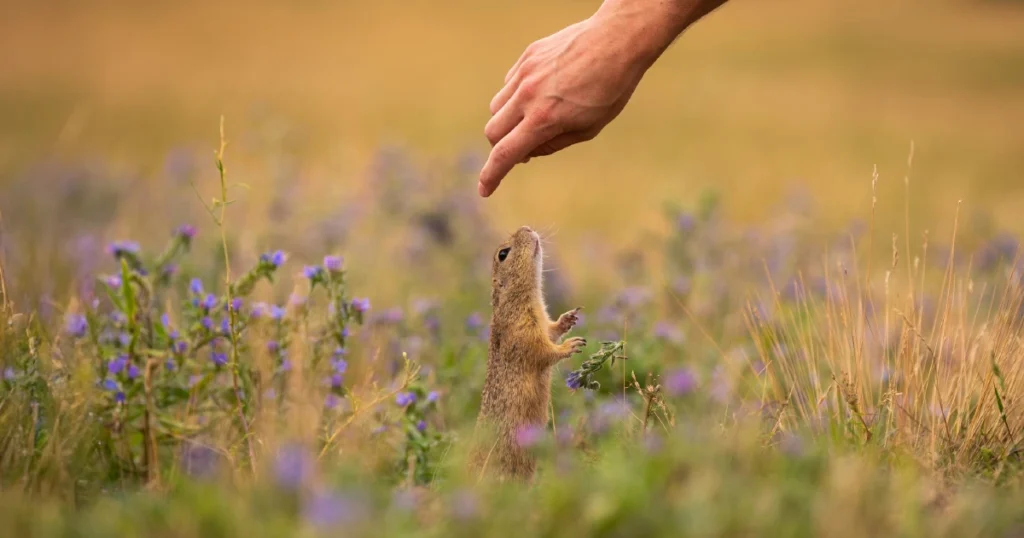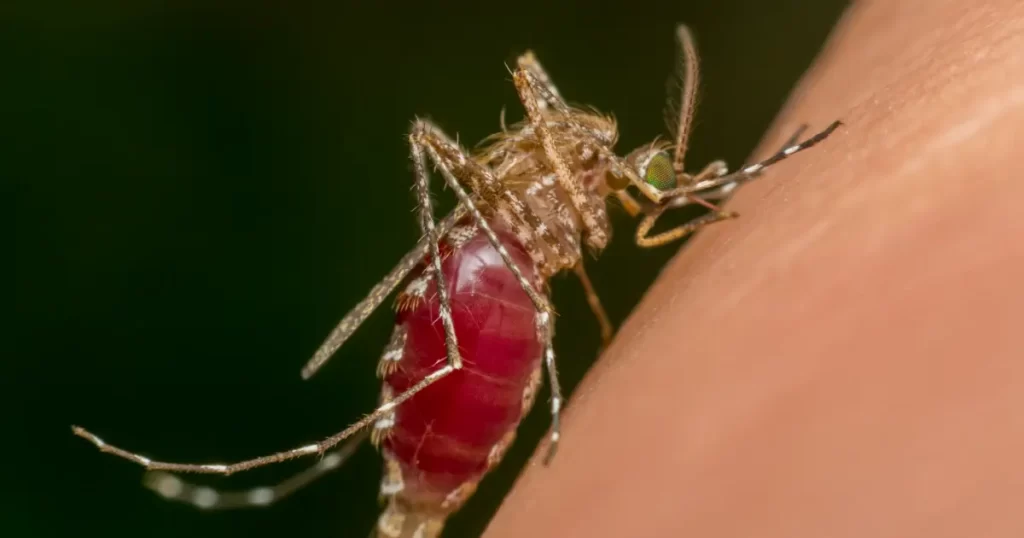Introduction
A rare, highly contagious form of plague has claimed a life in northern Arizona. While most associate plague with medieval pandemics, it still exists today—and can be fatal if not treated quickly. As the pneumonic plague in Arizona reemerges, health officials are urging public awareness and ecological vigilance. This case of zoonotic disease in Arizona highlights the hidden risks in human-wildlife interactions.
Are we prepared for this airborne threat—and how can we protect our communities from future outbreaks?
Pneumonic Plague in Arizona: What Happened
On July 11, 2025, a resident of Coconino County died from pneumonic plague shortly after being admitted to Flagstaff Medical Center. Local authorities reported that the patient’s symptoms escalated rapidly, making this the first confirmed death from pneumonic plague in the county since 2007 [2, 3]. This isolated fatality may represent the first sign of a localized plague outbreak in 2025.
The case appears isolated and not directly linked to a recent die-off of prairie dogs in the nearby Townsend–Winona area [3, 4]. Still, the swift response from health officials highlights the importance of disease surveillance and coordinated containment efforts.
How Pneumonic Plague Spreads
Pneumonic plague is caused by Yersinia pestis and differs from other forms—bubonic and septicemic—by being airborne. It spreads through respiratory droplets from coughing or sneezing in close quarters [1].
With an incubation period of just one to four days, pneumonic plague can be fatal within 24–72 hours without prompt antibiotic treatment. Symptoms include sudden fever, chills, chest pain, breathing difficulty, and coughing—often with blood [1]. Due to its mode of transmission, close contacts are at high risk, especially without immediate precautions.
Prairie Dogs, Rodents, and Fleas
Rodents are natural carriers of Yersinia pestis, and infected fleas are primary transmitters. Prairie dogs, rock squirrels, and ground squirrels in the western U.S. are common reservoirs [4].
In early July 2025, wildlife officials began investigating a sudden die-off of prairie dogs near Flagstaff—an early warning sign of plague activity [4]. While unrelated to the recent fatality, it emphasizes the need for continued environmental monitoring.
Pets can also carry infected fleas into homes. In rare cases, cats or dogs may contract plague and transmit it to humans through close contact.
Why This Case Matters
Though rare, plague still circulates. The U.S. averages about seven human cases per year, mostly in southwestern rural areas [1]. While curable with antibiotics when caught early, delays can be fatal.
What sets pneumonic plague apart is its person-to-person transmission capability—unlike the other two forms [1]. That raises the stakes for rapid diagnosis, patient isolation, and post-exposure care for contacts.
This case underscores a broader truth: not all public health threats are new. Some, like plague, reappear under favorable conditions—often worsened by environmental changes or human encroachment into wildlife habitats.
How to Stay Safe
The CDC and local health officials recommend these precautions:
- Avoid touching wild rodents or dead animals
- Keep pets treated for fleas with vet-approved products
- Report unusual animal die-offs
- Use insect repellent during outdoor activities
- Seek medical help immediately if flu-like symptoms follow potential exposure [1, 2]
These steps are vital for rural residents, outdoor workers, and people with compromised immune systems.
A One Health Perspective
This case highlights the One Health principle—that human, animal, and environmental health are interconnected. Here, public health teams worked with veterinarians and wildlife experts to monitor and respond to emerging zoonotic threats [1, 4].
Environmental shifts like drought or urban sprawl increase interactions between humans and wildlife, heightening the risk of outbreaks. A One Health approach calls for integrated monitoring and policy coordination across disciplines to detect and manage threats early.
Conclusion
The pneumonic plague in Arizona is a stark reminder of the importance of vigilance against reemerging infectious diseases. Early diagnosis, public education, and collaboration across health and environmental sectors are key to preventing isolated events from becoming public health crises.
This 2025 plague outbreak serves as a reminder that ancient diseases can reemerge under modern ecological conditions. In a changing world shaped by climate pressure, population growth, and shifting animal habitats, proactive systems to detect and respond to zoonotic threats like plague are not optional—they’re essential.
References
- Centers for Disease Control and Prevention (CDC) (2023) Plague: About the Disease. Atlanta: U.S. Department of Health & Human Services. Available at: https://www.cdc.gov/plague/about/index.html
- McDonnell, M. (2025) Arizona patient dies of rare form of plague. NBC News, 14 July. Available at: https://www.nbcnews.com/health/health-news/arizona-patient-dies-plague-rcna218251
- Sherwood, H. (2025) Arizona resident dies from pneumonic plague, health officials say. The Guardian, 14 July. Available at: https://www.theguardian.com/us-news/2025/jul/14/arizona-death-pneumonic-plague
- Altavena, L. (2025) Plague suspected in prairie dog die-off near Flagstaff. AZCentral, 9 July. Available at: https://www.azcentral.com/story/news/local/arizona/2025/07/09/prairie-dogs-dying-arizona/84512692007













